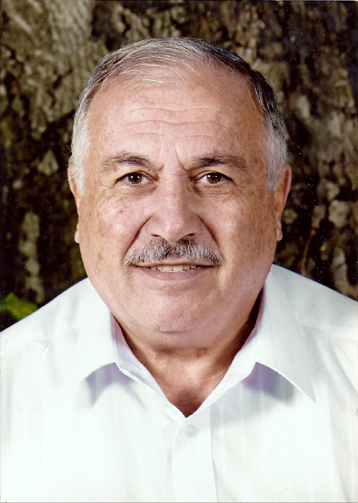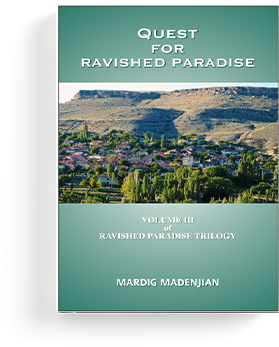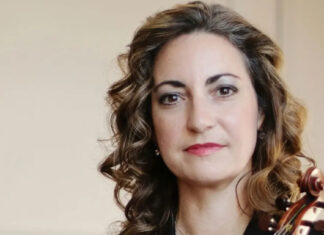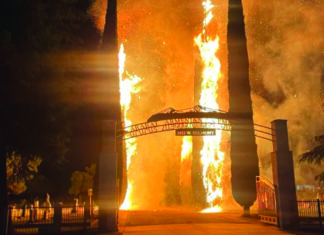After the Armenian Genocide, books trying to encapsulate and memorialize life as remembered in the home village or town of refugees forced forever to leave their native lands multiplied. The authors, themselves often eyewitnesses to many fateful events and customs, provided historical, cultural and ethnographic information as well as updates on surviving members of their community now scattered around the world. The following generations, descendants of these people living abroad, can only pass down what they learned from their ancestors and if conditions permit, visit their Western Armenian homelands. Mardig Madenjian is one such person who put to writing what he was able to find out over many years of research.
Madenjian wrote a trilogy dedicated to his ancestral village of Chepni, on the northern banks of the Alis River (Kızıl Irmak or Halys) in the southern part of Sepasdia (Sivas) province, and to the lives of his parents. This review covers the third volume, Quest for Ravaged Paradise: Volume III of Ravished Paradise Trilogy (Pasadena, 2020, published by Armenian History Books). It was first published in Armenian in 2014 before being translated into English, and is a 304-page paperback.
The first volume, Ravaged Paradise: Forced March to Nothingness, encompasses the origins of Chepni and the events of modern Armenian history, including the Hamidian massacres and the Armenian Genocide. Madenjian possessed a 60-page handwritten memoir of his father and tape recordings of his mother, and interviewed a number of children of survivors of the genocide for source material in addition to extant printed sources.
The second volume, Reclaiming Ravaged Paradise: Aftermath [of the] Armenian Genocide, focuses on the survivors of Chepni in Syria and Lebanon and the attempts of the Armenians to call for justice.
The third volume primarily describes Madenjian’s 2007 trip back to Chepni, where he stays in the house of the local mayor, Hüseyin Erdal, and meets with many Turkish elders to find out what they know about the town and its previous Armenian residents. He intended to also travel the path of deportation of his parents.
He made a connection with the mayor of Chepni when he wrote to ask for a town map. In addition to a CD with fifty photos of the village and a flag of the municipality, Erdal wrote back with information about his family and children. He, his wife, and his children were all teachers. They began to correspond back and forth by email and eventually Madenjian told Erdal he planned to visit. Erdal’s son Utku offered to drive Madenjian to different historical places such as Akhtamar just for the cost of gas.











